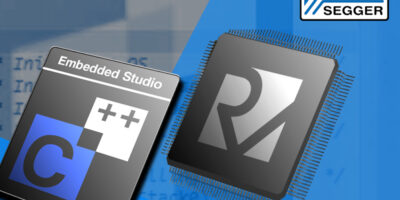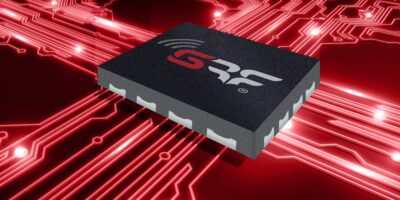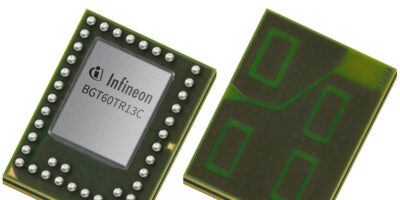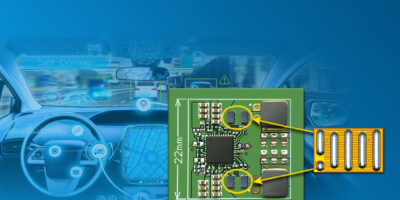Partnering with microcontroller and embedded provider, HPMicro Semiconductor, Segger offers its Embedded Studio integrated development environment (IDE) free of charge to all HPMicro’s customers using HPM6000 series RISC-V microcontrollers.
Embedded Studio includes the tools and features for streamlined, professional embedded development in C and C++, said Segger. It comes with a powerful project manager and build system, a source code editor with code completion and folding, and a package system to install board and device support. It also includes Segger’s optimised emRun runtime and emFloat floating point libraries and its smart linker. These functions have been developed from the ground up by Segger specifically for resource-constrained embedded systems. The built-in debugger is fully integrated with J-Link, for performance and stability, added Segger.
“Our goal is to provide the best possible development solution for our RISC-V devices,” said Jintao Zeng, CEO at HPMicro. “Following an in-depth analysis of the market, we found that Segger’s Embedded Studio delivers the best results in terms of firmware size, performance and user experience”.
“Embedded Studio has been gaining a lot of popularity recently and now complements the HPMicro product families, helping software engineers unleash their full potential and shortening the time to market,” says Ivo Geilenbruegge, managing director of Segger. “Furthermore, collaboration between Segger and HPMicro will go a long way in advancing the RISC-V ecosystem in the embedded industry.”
HPMicro’s real-time RISC-V microcontroller series HPM6000 was released in December 2021 and is in full production. According to HPMicro, the flagship HPM6750 microcontroller set a new performance record of over 9000 CoreMark and 4500 DMIPS, with dual RISC-V cores running at a frequency of up to 800MHz. The HPM6000 series MCUs, including the dual-core HPM6750, the single-core HPM6450 and the entry-level HPM6120, are equipped with double-precision floating-point units and powerful DSP extension instructions. They also have built-in 2Mbyte SRAM, multimedia functions, motor control modules, communication interface and security encryption. HPM6000 has sufficient computing power to accelerate applications such as industry 4.0, smart home appliances, edge computing and the IoT.







